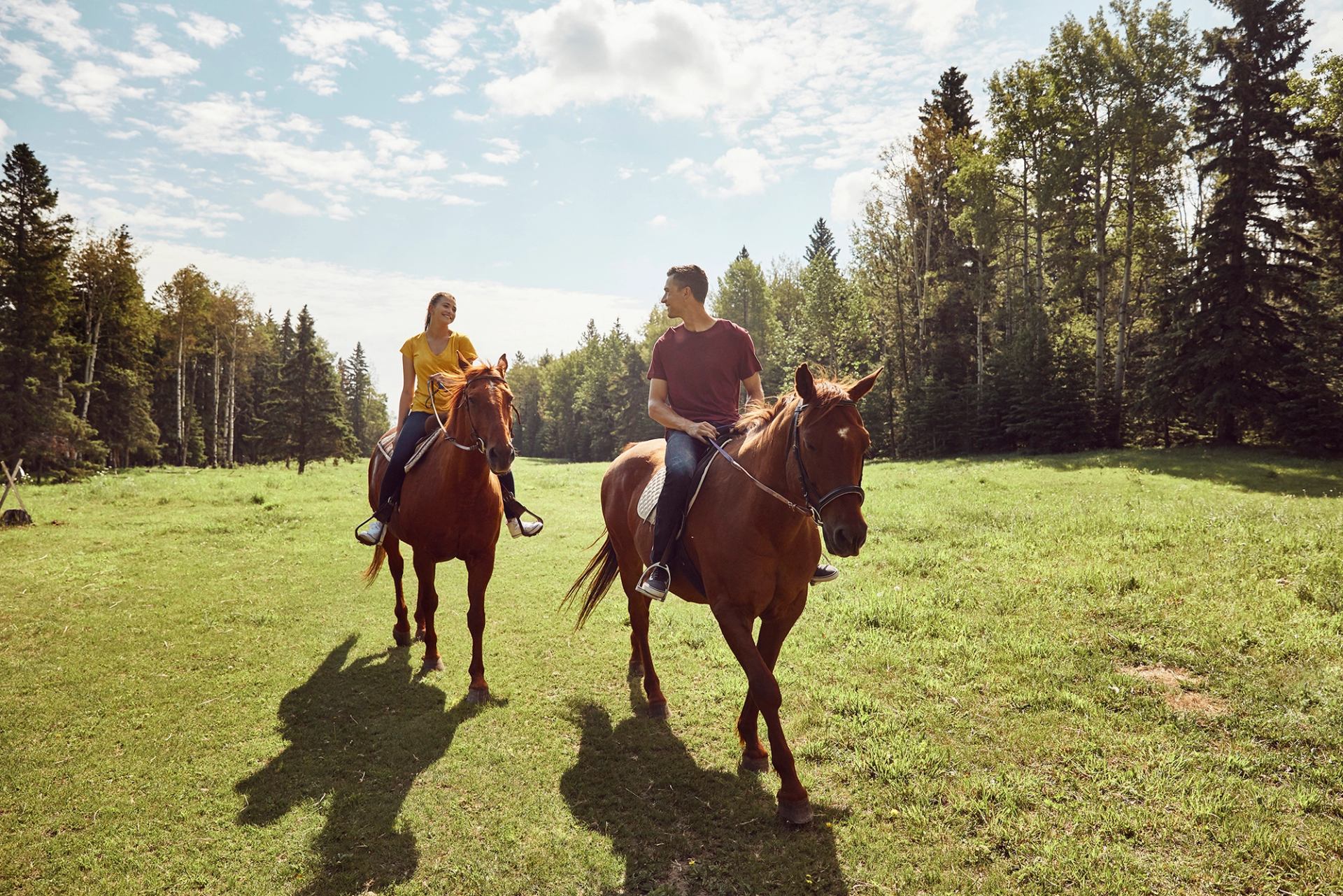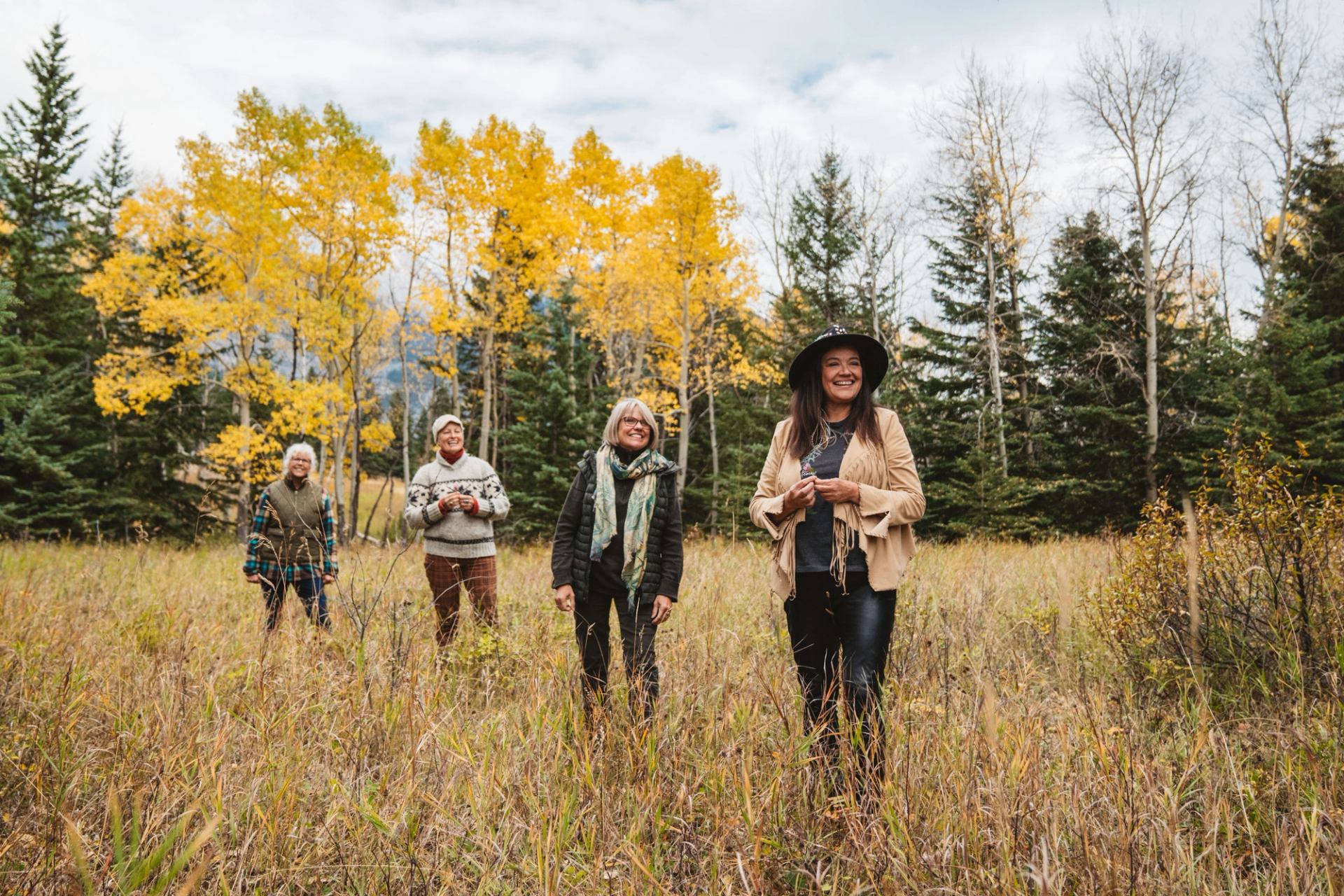With 48 First Nations, eight Métis Settlements and 22 Métis Districts, Alberta is home to a rich tapestry of cultures, languages and ways of knowing that vary from place to place. Yet visitors to the province may not realize the breadth of unique Indigenous tourism offerings scattered across Alberta’s many regions.
Indigenous tourism provides an approachable and fun way to learn about Indigenous cultures and their connection to the land. Many available offerings provide a firsthand look at Indigenous art, languages, storytelling, and opportunities to try traditional activities like archery, horseback riding, crafting, and cooking.
Authentic Indigenous-owned-and-operated visitor experiences are vital to the tourism industry. One in two Albertans are interested in Indigenous Tourism, and one in three international visitors want Indigenous experiences when they travel. Investing in these quality visitor experiences and promoting them to the world will help differentiate Alberta’s peoples and cultures while recapturing critical international markets. Indigenous tourism is one of Canada’s and Alberta’s fastest-growing tourism niche sectors, contributing roughly $115 million in direct economic impact in Alberta in 2022.
Indigenous tourism is also an essential tool in reconciliation; a thriving visitor economy creates sustainable, year-round income for families and communities. However, Indigenous tourism provides more than just economic benefits. A prosperous visitor economy in Indigenous communities can also support:
- Enhanced community health and wellbeing
- Cultural revitalization
- Tradition and language preservation
- Sustainable development and revitalization of the ecosystem
Indigenous Tourism Alberta currently has over 200 registered members and is working to grow that number by supporting new businesses and entrepreneurs through development, advocacy, marketing, and partnerships with organizations like Travel Alberta. They define an Indigenous tourism business or organization as being at least 51% owned and operated by Indigenous people. Keep reading to explore three Indigenous-owned and operated tourism businesses in present-day Alberta.






